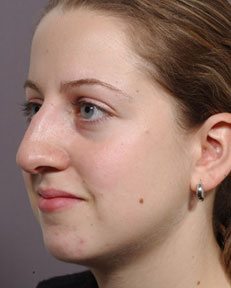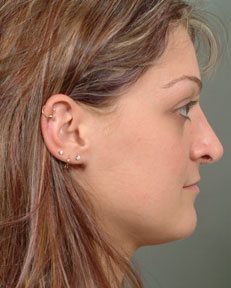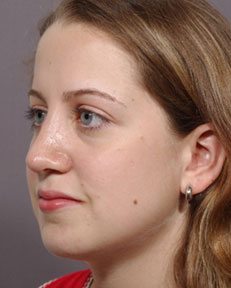Nasal surgery or rhinoplasty, is commonly performed for several reasons, including to correct breathing issues, address trauma or birth-induced disfigurement or for cosmetic reasons. Recreating the human nose is possibly one of the most difficult challenges facing reconstructive surgeons and nasal surgery specialist Dr. David J. Congdon of Cedar Valley ASCENT understands it is one of the most important structures on the body for facial identity and appearance. Choosing to undergo nasal surgery is an important process, as is deciding on the structure and shape of your new nose. Dr. Congdon will discuss your goals for the surgery as well as facial areas to be enhanced and surgical risks, recovery and costs. Once rhinoplasty surgery is complete, patients often recover over a multi-week period, after which they are able to return to normal activities without prominent indicators that they underwent nasal surgery.
Nasal Surgery
Nasal Surgery
Nasal surgery does not generally require an overnight hospital stay because it is an outpatient procedure. During the operation, incisions are made in the patient’s nostrils or in some cases, across the base of the nose. Once this is done, the surgeon reshapes and reconstructs the nose’s inner bone and cartilage in a way that reflects the patient’s desired nose. During this process, excess bone or cartilage may also be removed.
Post-surgery, your nose will be splinted for at least a week as you deal with some swelling and bruising around your eyes for anywhere from a few days to two weeks. Less noticeable swelling will also occur on your nose, which will decrease over a longer period of time, typically six months. Most patients can resume social activities within three weeks of the surgery and all activities within six weeks, with your reshaped nose taking its final form once it has fully healed.
Is Nasal Surgery right for me?
When deciding whether to undergo nasal surgery, it is critical that you understand what the surgery entails. Since there is no ideal in rhinoplasty, our goal is to improve the nose aesthetically, making it harmonize better with your other facial features. With our specialized imaging system, we can take your photograph and show you how you may look after rhinoplasty to help you make this decision.
Skin type, ethnic background, and age are important factors to be considered in discussions with your surgeon prior to surgery. For instance, before the nose is altered, a young patient must reach full growth, usually around age 15 or 16 (exceptions are cases in which the patient’s breathing is severely impaired by the current form of his or her nose). As with all facial plastic surgery, good health and realistic expectations are prerequisites.
Case Study
The patients featured below underwent nasal surgery with chin implants.

Before

Before

After
